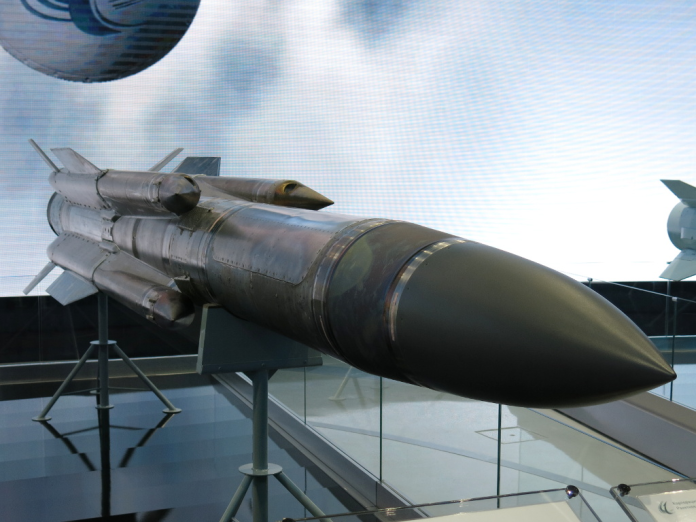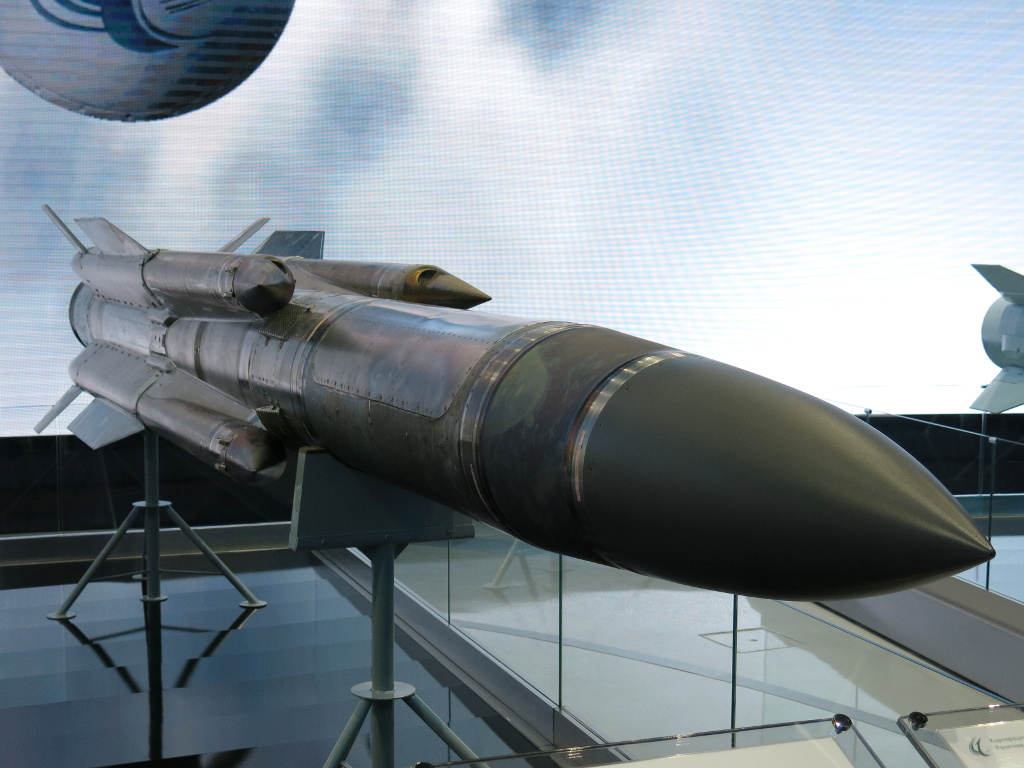
“Speed kills.” In naval combat, those are words that are truer than a saying they’re a tactical reality. When a supersonic anti-ship missile such as the Russian Kh-31A enters the fray, reaction time condenses to seconds, and the window of error disappears. US warships cruising off Venezuela’s coast late in 2025 are confronted with precisely that reality.
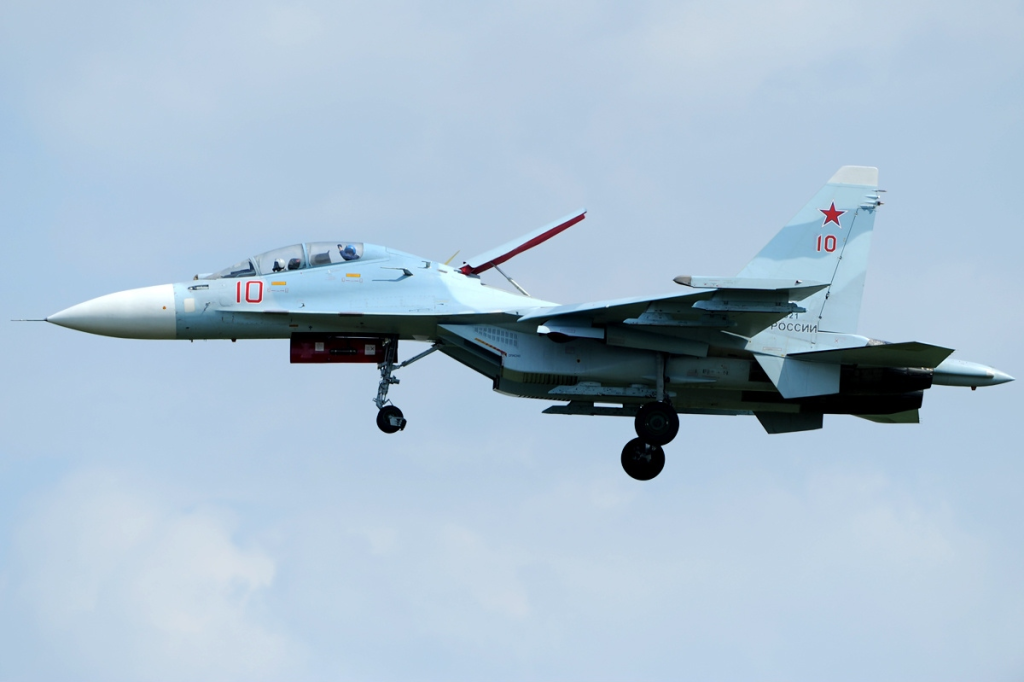
Bolivarian Military Aviation Su-30MK2 fighters carrying Kh-31 variants of missiles are the most capable maritime strike force Caracas possesses. This combination is not academic it has been demonstrated during exercises, flown within firing distance of US ships, and incorporated into Venezuela’s deterrent stance in the face of escalating tensions.
What follows is a dissection of the most crucial elements of this threat, from missile performance to deployment patterns, and how it integrates into the larger regional military calculus.

1. The Kh-31A’s Supersonic Strike Profile
The Kh-31A, AS-17 Krypton in NATO terminology, was developed in the late Soviet period to penetrate advanced Western naval defenses. Rocket-ramjet propulsion takes it to Mach 1.8, which is then exceeded by ramjet sustainer flight to Mach 3.5 at high altitude, or Mach 1.8 at sea level. This, with multi-axis 15G maneuvers and sea-skimming flight, makes interception very hard.
The active radar seeker of the missile can lock onto about 18 miles, either pre-launch or post-launch, and a radio altimeter holds it at wave-skimming altitude. The 192-pound penetration warhead is designed to penetrate a warship’s hull before exploding, for optimum damage potential. Although Venezuela’s inventory probably contains the 31-mile-range Kh-31A, longer-ranged Kh-31ADs are unconfirmed.
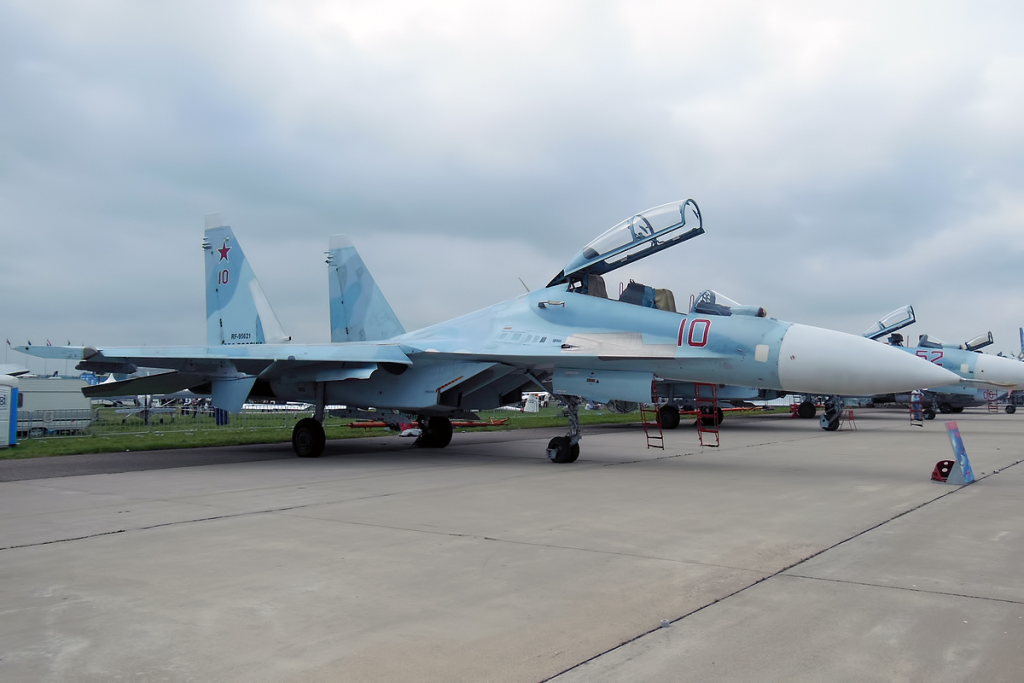
2. Su-30MK2: Venezuela’s Maritime Strike Platform
Venezuela’s Su-30MK2 jets were acquired from Russia between 2007 and 2008 in place of aging F-16s following a US arms embargo. The twin-seat, twin-engine derivative of the Flanker was designed for sea-based strike, with advanced avionics and weapons control systems facilitating Kh-31 use.
Driven by Saturn AL-31F turbofans, the Su-30MK2 has a top speed of Mach 2 and can fly as high as 17,300 meters, with a combat range of approximately 3,000 kilometers. Twelve hardpoints carry as much as 8,000 kilograms of ordnance, including air-to-air missiles and guided bombs. Though plagued by maintenance issues and at least five parked aircraft, the remaining fleet continues to play a starring role in deterrence exercises, highlighting its status as Venezuela’s most effective strike asset.
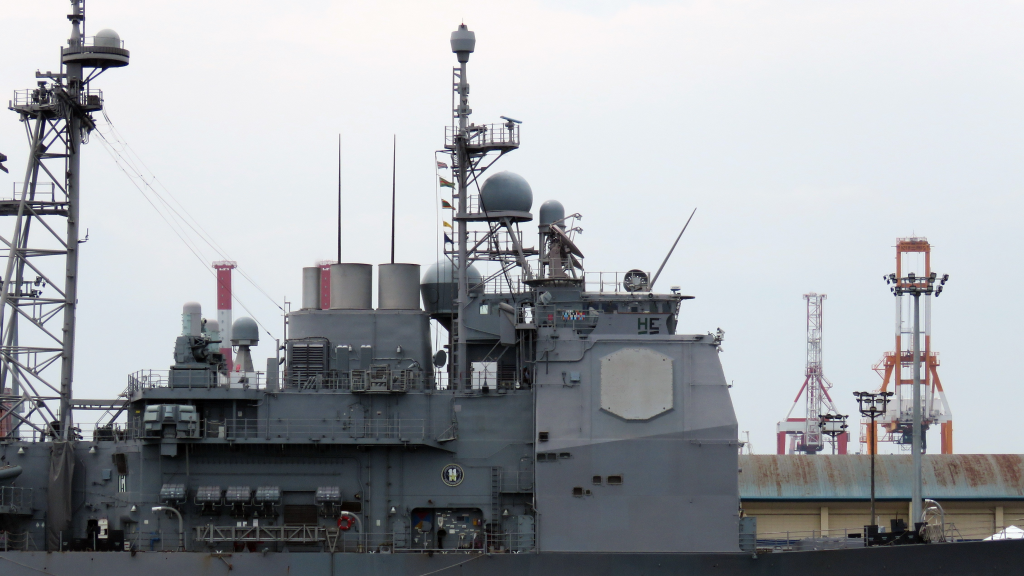
3. Deterrence Exercises Integrated
Caracas has issued repeated publicity about Su-30MK2s combined with Kh-31 missiles, in particular during “Sovereign Caribbean 200.” The exercises are portrayed locally as a sovereign reaction to American naval deployments, including Arleigh Burke-class destroyers, the cruiser USS Lake Erie, and the amphibious assault ship USS Iwo Jima.
Video published by Venezuelan news outlets reveals Su-30s making rehearsal anti-ship missile launches from combat readiness stance, emphasizing the message that US warships in range are threatened. Publicity in such form serves both internal political purposes and foreign signaling, demonstrating willingness to challenge naval advances in the Caribbean.
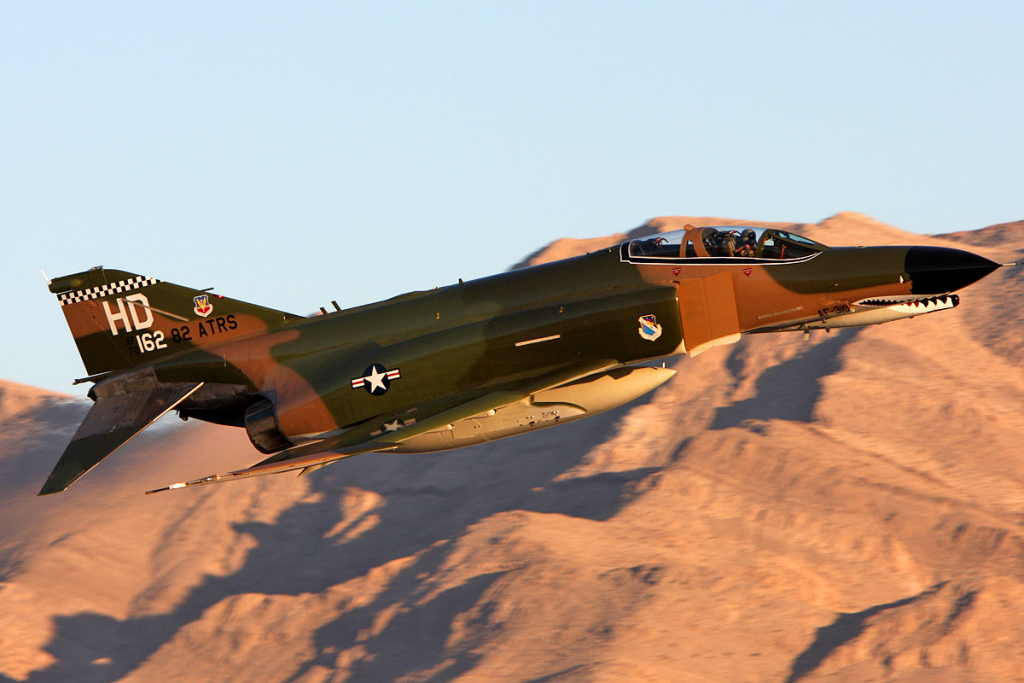
4. Familiarity of the Threat for the US Navy
The US Navy has taken the Kh-31 seriously enough to purchase it. The McDonnell Douglas company teamed up with Russia’s Zvezda-Strela company in the 1990s to develop the MA-31 target drone, shortening the missile by removing its warhead and seeker. These were flown from QF-4 Phantoms and mimicked the flight pattern of the Kh-31 to test ship defenses.
As the Navy gained useful experience with defeating Kh-31-type threats under controlled conditions, the harsh realities of operations will differ. In a close-coast encounter, warning time will decrease, and layered defenses need to respond in a flash to supersonic incoming tracks.
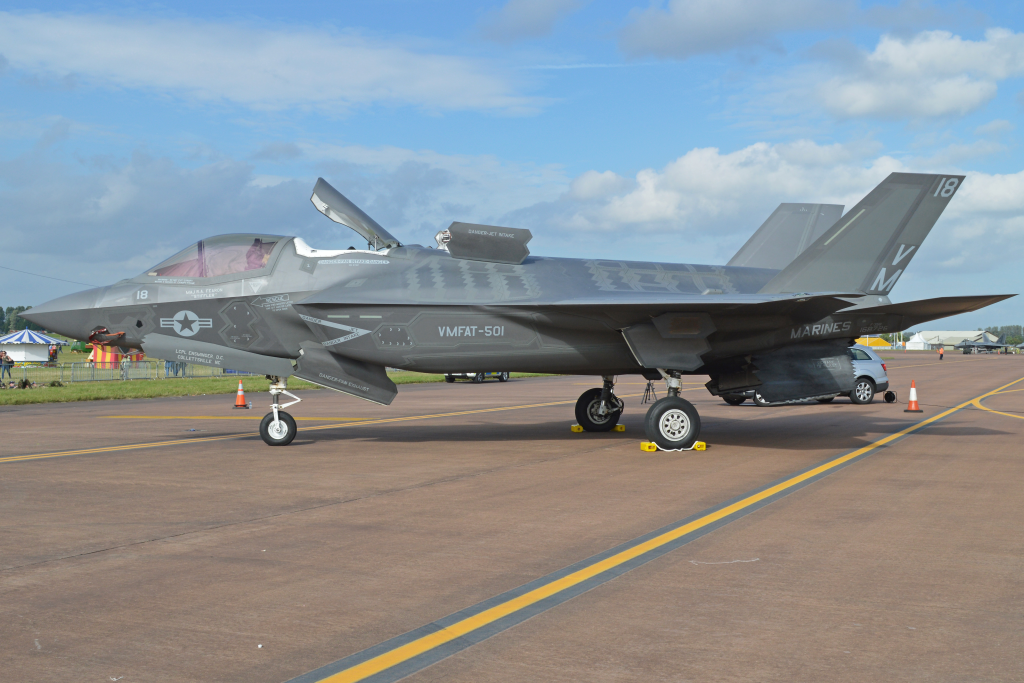
5. Layered US Defenses in the Caribbean
US deployments in the southern Caribbean currently include Aegis-capable escorts with SM-series interceptors, ESSM missiles, electronic warfare suites, and close-in weapon systems. Forward assets F-35Bs and MQ-9 drones based in Puerto Rico provide extension of detection and targeting coverage.
But, as commentators point out, it is possible to shoot down small quantities of Kh-31s; surprise or saturation attacks make defense difficult. Combined salvos from a pack of Su-30s, potentially combined with anti-radiation Kh-31Ps to saturate sensors, can test even modern US formations.
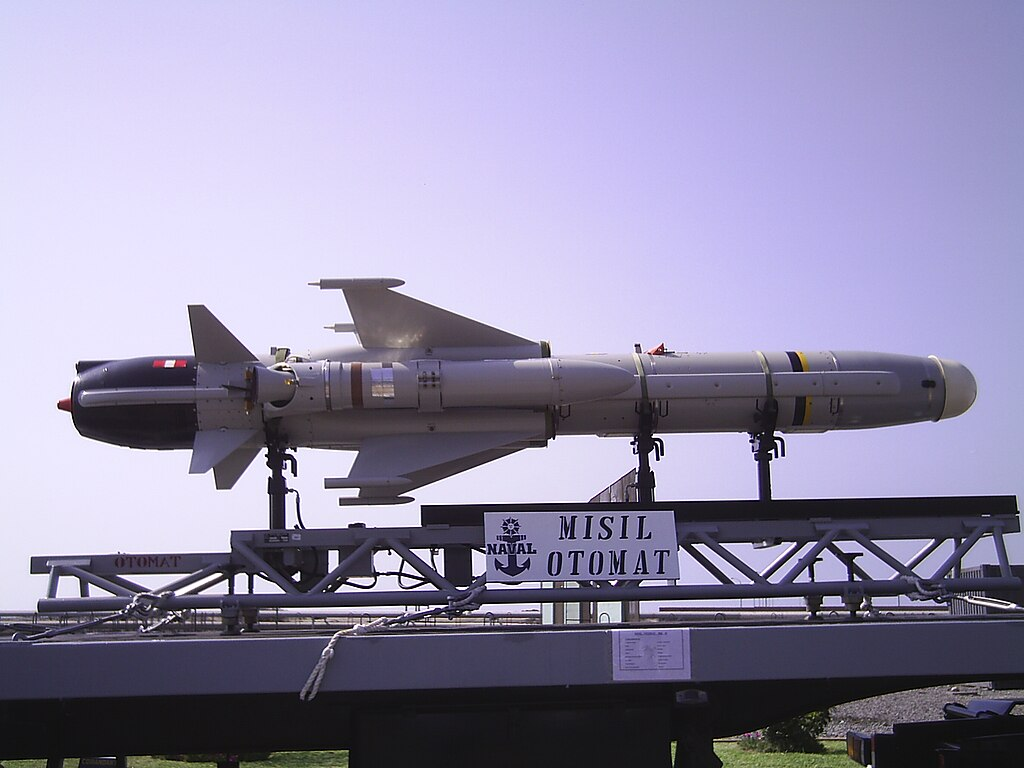
6. Venezuela’s Other Anti-Ship Assets
Aside from the Su-30/Kh-31 combination, Venezuela’s fleet deploys older Italian-produced Otomat Mk 2 and Sea Killer missiles on its lone active Mariscal Sucre class frigate and a few fast attack craft. These subsonic systems, as well as Iranian CM-90s on Peykaap III boats, pose much less of a threat to current US warships.
Their status in operation is suspect, and they do not possess the speed and manoeuvrability that make the Kh-31A a true high-end threat. This leaves the Krypton launched from the Flanker as the highlight of Venezuela’s maritime strike capability.
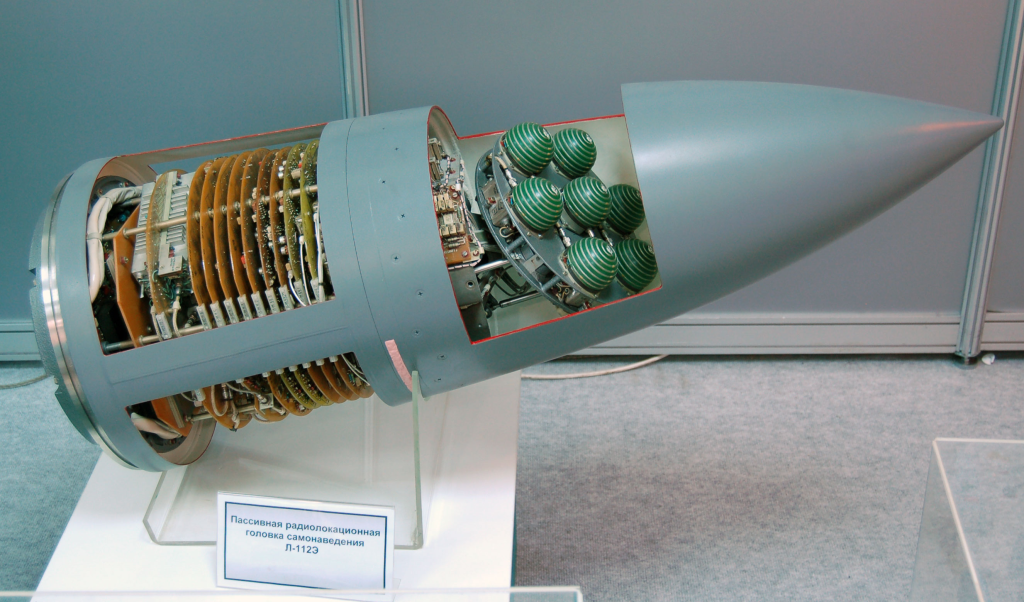
7. Escalation Risks and Strategic Calculus
Any Venezuelan employment of Kh-31s against US warships would be a significant escalation, presumably bringing on open conflict. But in situations where the regime is on the brink of collapse or about to be attacked, such action is more conceivable.
Close calls have already been made Venezuelan fighters were confirmed by Pentagon officials as flying within range of Kh-31 launch distance of US ships in September. Such encounters highlight the hairline separation between deterrence signalling and possible miscalculation in a high-pressure maritime environment.

The combination of the Kh-31A’s speed, manoeuvrability, and destructive capability makes it a believable threat even against heavily defended US naval formations. Although the US Navy’s multi-layered defences and experience assuage the risk, being close to launching platforms such as Venezuela’s Su-30MK2s condenses reaction time to the extent that tactical surprise may produce hazardous consequences. The difference between bluffing and fighting is dangerously thin in the crowded and politically tense waters of the Caribbean.
